Everyone loves to be in places with a fresh smell that provides positivity. Nobody would like any bad smell interfering in their special places. It can be their home, beach house, or office.
But sometimes, the unexpected might happen, and you have to find a way to deal with it. There are different things that can make staying in a place unpleasant. Among them, P-Trap leakage can be a major issue.
The leakage of the P-trap in the plumbing system can lead to the slipping of sewer gases into your home or office. But, there are different ways to overcome this issue. It includes identifying the source and choosing a solution suitable for the concern. But, before you delve into any of this, it is integral to understand the causes of P-Trap leakage.
This article will explore what exactly a P-trap is, and the causes of P-trap leakage. We will also look into how to avoid this problem.
So, with no further ado, let us get into the details.
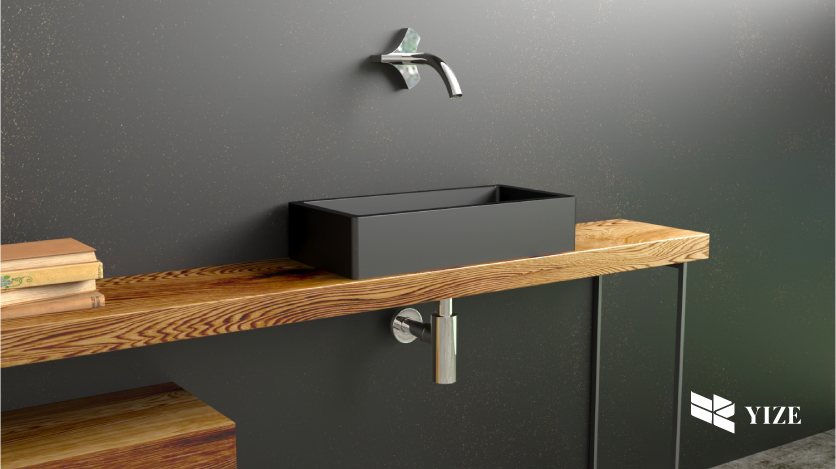
What is a P-Trap?
Traps are integral components of plumbing. They act as fittings in preventing foul sewer or its gases from entering your home. There are different types of traps, including P-Traps, S-Traps, and Q-Traps. These traps have gained their name based on the shape they have. For instance, a P-Trap resembles an inverted P shape.
P-Traps come with a U-shaped bend that connects a sink’s drain to the septic tank.
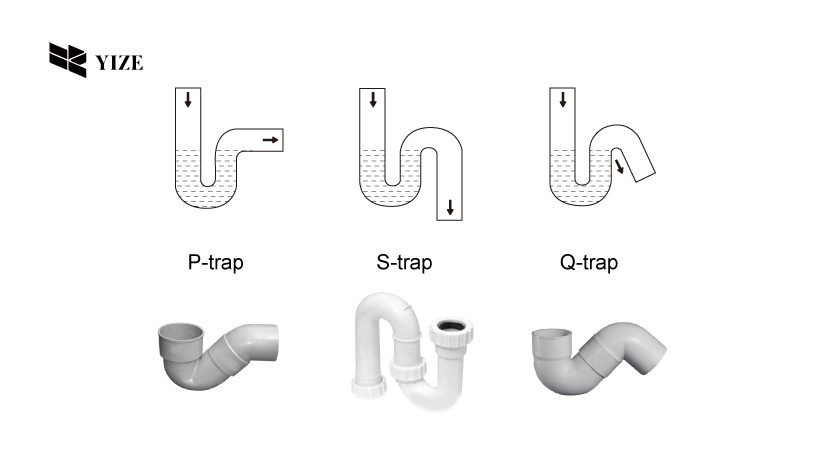
In this type of trap, the water level on each side of the U-shaped bend will be the same, and this water is known as pool water. It helps in preventing the foul odor from entering your home. Apart from the pool water, a P-Trap has other components, including a seal and a clean eye. They also play a crucial role in removing foul odors and preventing their entry into your home or office.
Benefits of Shopping High-Quality P-Traps
You have to buy high-quality P-Traps from trustworthy brands for your plumbing needs. There are different reasons for purchasing good quality P-Traps, and they include:
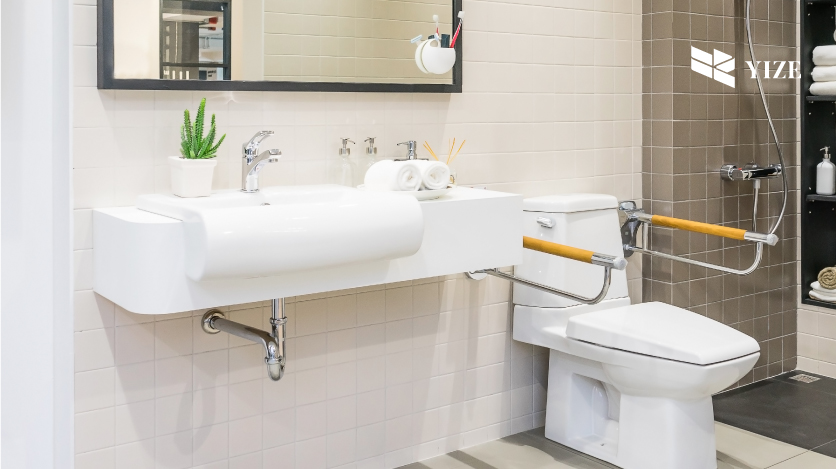
- Maintaining the ambiance of your home
- Preventing foul odor
- Reducing sewer leakage
- Overcoming long-term exposure to sewer gases. It is because they contain components like methane and ammonia
- Reducing causes of long-term issues like headaches, dizziness, nausea
Thus, opting for a high-quality P-Trap can benefit you in several ways.
Causes of P-Trap Leakage
Different factors, ranging from corrosion to the wrong installation, lead to P-Trap leakage. Here, we will take you through some common reasons that cause P-Trap leakage.
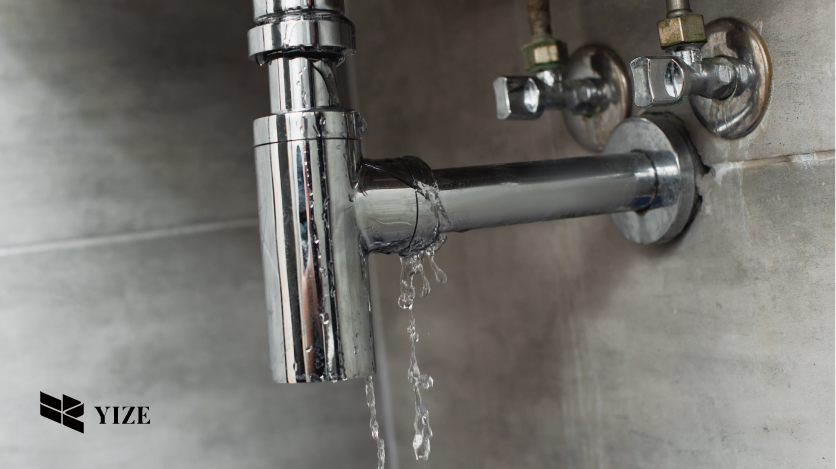
Wrong Method of Installation
You have to install P-Trap in the correct way to prevent its leakage. Installing without following the procedures causes breakage or cracking of the pipes. You can indeed perform this task all by yourself. But, while doing so, you have to be thorough with the methods and avoid making any mistakes. Another alternative is to rely on professionals with expertise in this area.
You should use the correct internal washer that fits the pipes while installing. You must ensure that the beveled edges are in the correct direction. If not, it can pave the way for P-Trap leakage.
You must cross-check that you are not over-tightening the compression or slip-joint nuts. It is a common issue leading to cracking of the nuts, which also results in P-Trap leakage.
You have to focus on the correct installation procedures while fitting a P-Trap.
Usage of Wrong Fits
When you buy and use the wrong fits for a P-Trap, this can cause leakage. The size of the pipe is something you have to consider. If it is smaller or bigger than the required size, it can lead to P-Trap leakage. While buying the pipe, look into the washer and its size as well.
Akin to the pipe, use compression nuts of the correct size. If there is any misfit, you might not notice any problems in the beginning. But, it could cause leakage after some time.
It is the same when you opt for the wrong washer for your P-Trap. The issue can become worse if it is a rubber washer. It is because these washers will become loose and stop functioning with time. Because of this, the P-Trap will start leaking. And you will have to replace the washer, which can be troublesome.
Clogging of the P-Trap
In most cases, you might not understand when the P-Trap clogs. It is because it is present in a region beyond your eyesight. Clogging happens when small food particles and other waste pass through the sink.
If there are metallic components, they can lead to corrosion and clogging. Under such circumstances, the P-Trap would start leaking and lead to the emission of a foul odor. The only way to overcome this problem is to replace the trap and install a new one. After that, ensure that there aren’t any food particles or other items clogging the P-Trap.
Climatic Conditions
This is yet another crucial factor that causes damage and leakage of P-Traps. It happens, especially in hot and dry areas. It is because, in such regions, the water in a P-Trap will evaporate in some time.
Are you wondering why this is a concern?
The water level in the U-shaped bend of a P-Trap prevents the foul sewer and its gas from entering your home. But, in short, the decrease or imbalance in its water level causes the dysfunctioning of the P-Trap.
Along with evaporation, a lack of ventilation causes the odor to stay within the premise. It is because of the inability to draw in the fresh air that can clear the smell from your home or office.
Corrosion
Corrosion is a problem faced by most plumbing-related items. It affects the P-Trap and its fittings, causing leakage. Different factors pave the way for its corrosion, and they include:
Increased corrosivity index in draining water
High corrosivity index in the waste
The thickness of the plumbing material used
These three factors add up and lead to the corrosion of the P-Trap. When you seek the support of a professional while purchasing and fixing a P-Trap, you can reduce the chances of corrosion. You need to buy P-Trap and other products needed for it from a trustworthy brand. By doing this, you can avoid corrosion of the plumbing materials used for the P-Trap.
Thus, these are some causes that result in the leakage of the P-Trap. In short, you can narrow down these issues to the quality of the product and the drain water, the installation process, clogging, climatic conditions, etc.
You can reduce P-Trap leakage by taking precautions and involving timely maintenance activities. We will now discuss in detail the different ways to avoid P-Trap leakage.
How to Avoid P-Trap Leakage?
As we all know, prevention is always far better than cure. Understanding that, we have brought together some ways through which you can avoid P-Trap leakage. We will also explore measures you can adopt in case a P-Trap leakage occurs.
- Find the possible source of the P-Trap leakage and do the needful
You have to check the connections and see if there are any cracks, breakage, leaks, etc.
This will assist you in identifying the possible sources.
Then, you can work on the best solution to reduce the damage. Some of the common problems you might encounter are:
Deterioration of the washer, which you can overcome by replacing it with a matching set
Loose connections, which you can resolve by tightening them using a wrench
Replacing P-Trap if the issue is beyond solving by changing the parts
- Checking the P-Trap from time to time
You can create a routine when you check the P-Traps, their connectors, and other pipes used from time to time. Through this, you can find out if there are any issues with the P-Trap beforehand. Based on that, you can clean the sewage system or take other preventive measures. It can reduce the chances of P-Trap leakage in the future.
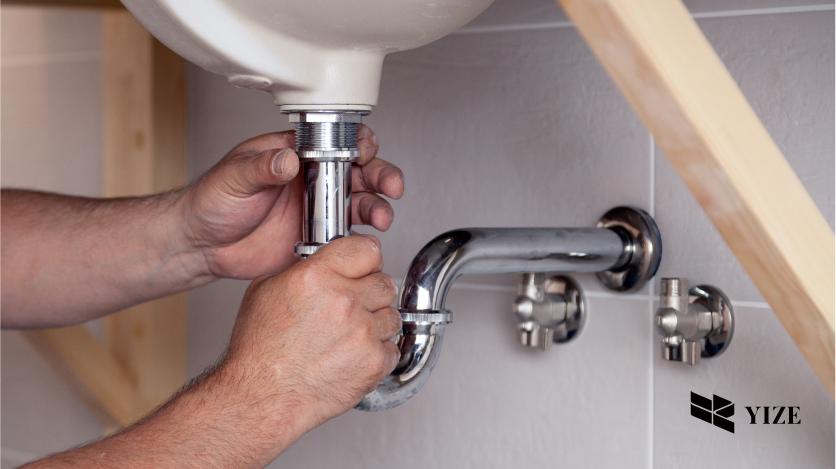
Here are a few things you can try while checking the P-Trap:
You can rotate the nuts counterclockwise for about one to two full turns. By doing so, you can loosen the slip joint nuts. You can use a plier to adjust the nuts if they aren’t moving with your hands.
If you notice any misalignment in the pipes, you can nudge them. It is a way through which you can improve their alignment. Sometimes, nudging the pipe alone will not resolve the problem. Under such circumstances, you may have to remove the pipe, repair it, and reinstall it. While reinstalling the fittings, ensure that you follow the correct guidelines. It will help you overcome any future concerns.
If the nuts are way too loose, you have to tighten them. For that purpose, turn the nuts in a clockwise direction with your hand or by using a plier. You will have to rotate it once or twice to make it tight. But, ensure that you aren’t making it too tight, which can be another concern.
Sometimes you might find it difficult to spot the leakage on the P-Trap. If that is the case, one way to figure it out is by using a dry cloth, cotton, or tissue paper. You can wrap this around your fingertips and place it on the sides of the P-Trap’s nuts. You will have to turn on the faucet and let the water flow. If the tissue paper or cloth remains dry, there aren’t any issues. If not, you will have to loosen or tighten the nuts or make other necessary changes. You can perform this test once you have fixed the leakage issue. By doing this, you can cross-check if any of the problems persist.
In a nutshell, these are some ways to avoid P-Trap leakage and measures to solve the issue if it happens.
Final Thoughts
To summarize, P-Trap leakage can be a problem that you need to address immediately. Firstly, you have to find the reason or the cause, leading to the problem. As discussed, there are a variety of causes. It includes the wrong installation to corrosion. Some concerns can be climatic and out of your hands to prevent them. But, you can reduce their impact by performing regular checking. Also, you should solve the problem when you notice them.
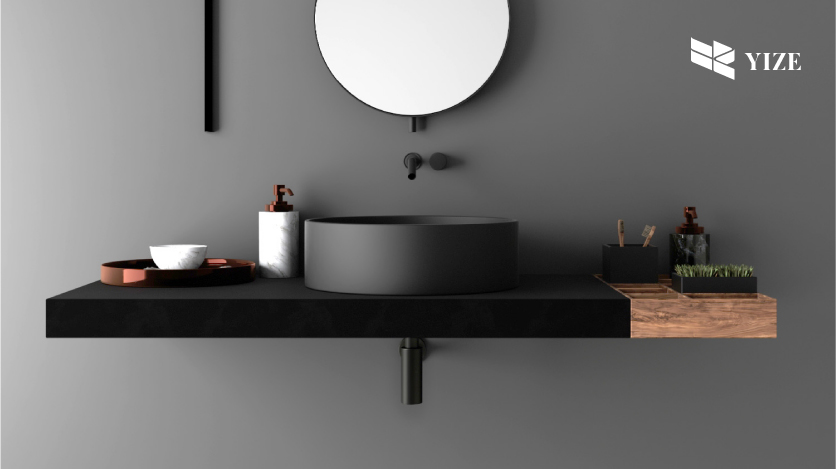
Thus, by taking good care of the P-Trap, you can reduce the chances of the leakage of the foul sewer or its gasses. Through this, you can lower any harmful impacts you might face when you have a dysfunctional P-Trap in your home or office.
By the way, if you find this article useful, share it with your loved ones. You can always bookmark it as it would be beneficial to reference whenever needed!

